Introduction
Discover the untold story of courage, sacrifice, and the fight for equality at Alexandria National Cemetery. This hallowed ground isn’t just a final resting place for Civil War soldiers; it’s a powerful testament to the bravery of the United States Colored Troops (USCT) both on and off the battlefield. From their valiant efforts at the Battle of the Crater to their groundbreaking civil rights petition, the USCT’s journey is a compelling chapter in American history that resonates today. Join us as we explore how these brave men fought for the Union and their rightful place in the nation they helped preserve.
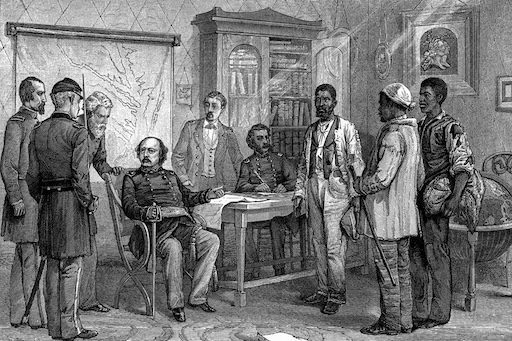
The Birth of the USCT
The Emancipation Proclamation of January 1, 1863, didn’t just declare freedom for enslaved people in rebel states – it opened the door for African Americans to join the Union Army. By May 22, 1863, the United States Colored Troops were officially established. Nearly 180,000 African Americans, both freemen and former slaves, answered the call, comprising over 10% of Union forces.
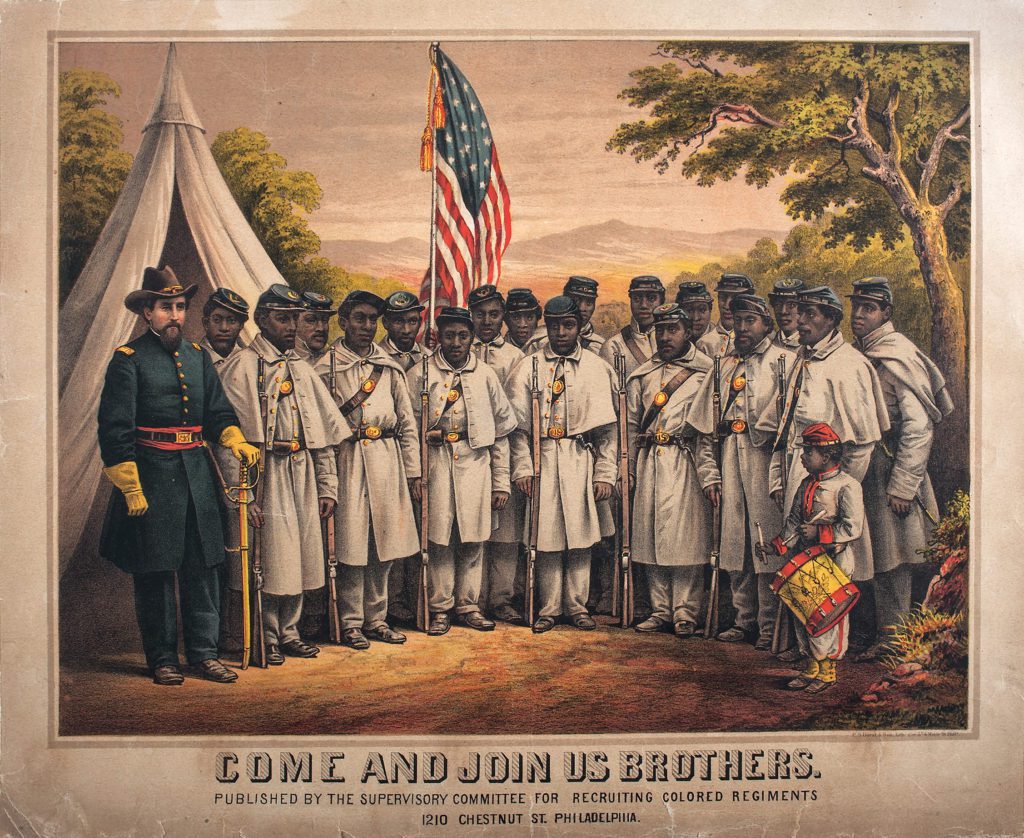
Alexandria: From Slave City to Union Stronghold
As the Civil War erupted, Alexandria transformed from a city where slavery was commonplace to a Union-controlled safe haven for escaped slaves, now termed “contrabands.” This influx led to the establishment of the L’Ouverture Hospital in 1864, named after the Haitian revolutionary and exclusively serving African American troops and civilians.
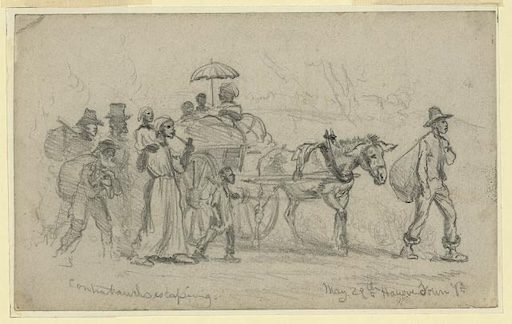
Valor on the Battlefield and Beyond
The United States Colored Troops (USCT) proved their mettle in numerous engagements throughout the Civil War, none more dramatic than the Battle of the Crater on July 30, 1864. This battle, part of the Petersburg Campaign, became a crucible that tested the USCT’s combat readiness and exposed the prejudices they continued to face within the Union Army.
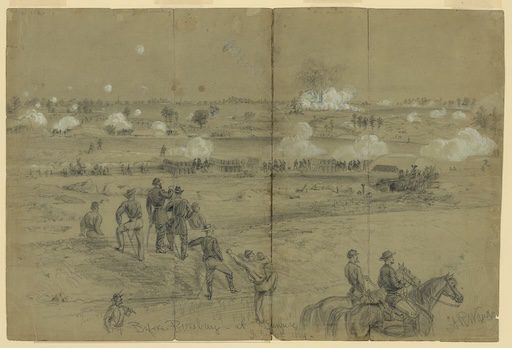
Originally slated to lead the assault, USCT regiments were replaced at the last minute by less experienced white troops. Despite this setback, when eventually committed to the battle, the USCT soldiers fought with remarkable courage and skill. Their performance at the Crater, though ultimately unable to salvage the failed Union assault, stood as a powerful testament to their capabilities and dedication.
[For a detailed account of the Battle of the Crater and the USCT’s involvement, visit our comprehensive page on the history of the Alexandria National Cemetery.]
The bravery displayed by USCT soldiers like Private Adolphus Jacobs of the 28th USCT resonated far beyond the battlefield. Jacobs, fatally wounded in the fighting, left behind a poignant letter that offers a glimpse into the sacrifices made by these brave men. His story, along with countless others, underscores the USCT’s unwavering commitment to a nation that had yet to embrace them as equals fully.
The valor shown by the USCT at the Crater and other battles gradually shifted public opinion and laid the groundwork for their next fight – a battle for equality that would extend from the field of combat to their final resting places.
The L’Ouverture Hospital Petition: A Cry for Equality
The bravery of USCT soldiers extended beyond the battlefield. On December 25, 1864, the death of Private Shadrach Murphy sparked a pivotal moment in civil rights history. When Murphy was buried in the segregated Freedmen’s Cemetery rather than the Soldiers’ Cemetery, his fellow USCT soldiers took a stand.
On December 27, 1864, 443 African American soldiers at L’Ouverture Hospital signed a petition demanding equal burial rights. Their powerful words ring through history: “We are not contrabands, but soldiers of the U.S. Army… As American Citizens, we have a right to fight for the protection of her flag… and should share the same privileges and rights of burial in every way with our fellow soldiers who only differ from us in color.”
Paul Sandridge, one of the USCT soldiers who fought for equal burial rights at Alexandria’s L’Ouverture Hospital, is the ancestor of actor Laurence Fishburne — showing that the legacy of the United States Colored Troops lives on today.
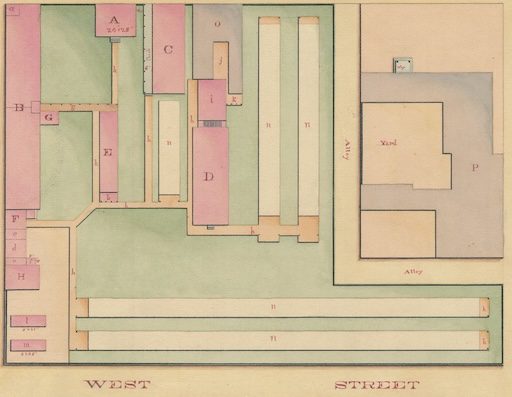
Victory and Legacy
The petition succeeded. Between January 6-17, 1865, 118 USCT soldiers, including Private Murphy, were reinterred in Alexandria National Cemetery. This act of protest, considered one of the first organized civil rights demonstrations in U.S. history, ensured that these brave men would rest for eternity alongside their fellow soldiers, regardless of race.
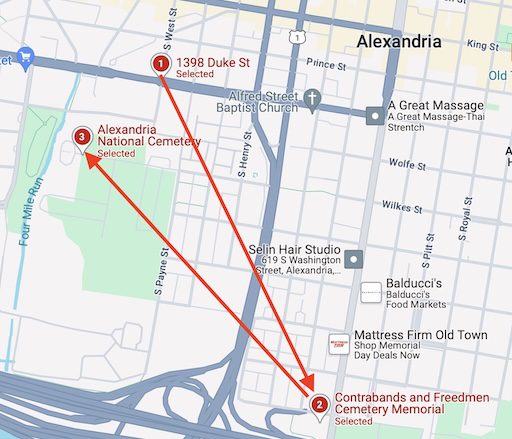
The Lasting Impact of Individual Courage
While the L’Ouverture Hospital petition represents a collective effort for equality, it’s important to remember the individual soldiers whose bravery made such actions possible. One such soldier was Private Adolphus Jacobs of the 28th USCT.
Jacobs exemplified the courage of USCT soldiers in combat, paving the way for their bold stand for equal burial rights. Like many others, his story illustrates how the bravery shown on the battlefield translated into a determination to secure equal treatment in all aspects of life – and death. The success of the L’Ouverture Hospital petition, which resulted in the reinterment of 118 USCT soldiers in Alexandria National Cemetery, marked a significant victory in their ongoing battle for equality—a battle that extended far beyond the Civil War itself.

Conclusion
The story of the United States Colored Troops at Alexandria National Cemetery is a powerful testament to the multifaceted struggle for equality during the Civil War era. From the battlefields like the Crater, where they proved their valor despite facing prejudice within their own ranks, to the halls of L’Ouverture Hospital, where they demanded equal recognition in death, these men fought tirelessly for their rights as American citizens.
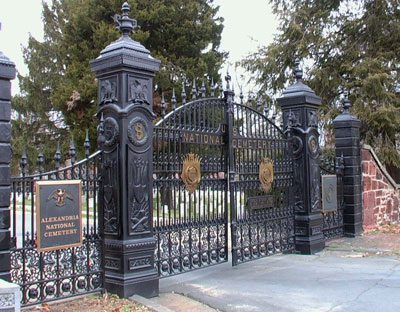
The legacy of the United States Colored Troops at Alexandria National Cemetery is more than a historical footnote—it’s a call to action that echoes through time. These brave soldiers fought a dual battle: one against the Confederacy and another against deeply ingrained prejudices within their own ranks and society. Their struggle didn’t end with the Civil War; it continued in their demand for equal recognition in death, setting a precedent for future civil rights movements.
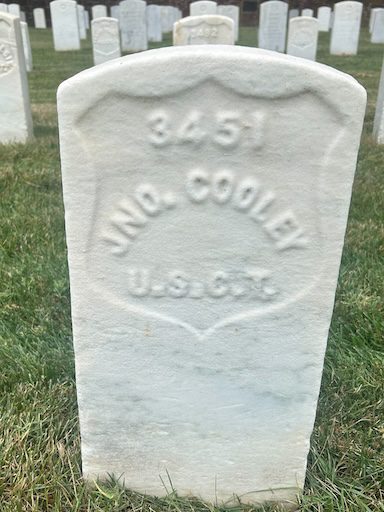
As we walk among the gravestones at Alexandria National Cemetery today, we’re not just observing history—we’re standing on the shoulders of giants. The USCT’s unwavering commitment to freedom, equality, and justice challenges us to examine our own society and continue their unfinished work. Their story reminds us that the ideals of liberty and equality require constant vigilance and courage to uphold.
The story of the USCT reminds us that the fight for freedom and equality is ongoing and requires courage both on and off the battlefield. It challenges us to honor their sacrifices by continuing their work and ensuring that all Americans are treated with the dignity and respect they deserve in life and in death.
Experience History Firsthand
The story of the United States Colored Troops at Alexandria National Cemetery is more than words on a page—it’s a tangible part of our nation’s history that you can experience for yourself. If you want to dive deeper into these remarkable stories and pay your respects to these brave soldiers, consider joining a tour offered by Gravestone Stories.
Our expert-guided tours will take you through Alexandria National Cemetery, where you’ll visit the graves of USCT soldiers and learn even more about their incredible journeys, sacrifices, and the lasting impact of their fight for equality. It’s a powerful, immersive way to connect with this crucial chapter of American history.
To book a tour or learn more about our services, click on the call-to-action button below:
Sources of Information
American Battlefield Trust. (n.d.). Road to Freedom: The African American Experience in Civil War-Era Virginia (Brochure). American Battlefield Trust.
City of Alexandria. (N.D.) USCT members buried in the Alexandria National Cemetery. [link].
City of Alexandria. (n.d.). The USCT and Alexandria National Cemetery. Retrieved from https://www.alexandriava.gov/cultural-history/the-usct-and-alexandria-national-cemetery
Davis, A. (Ed.). (2023). Alexandria at War 1861-1865. African American Emancipation in an Occupied City. Office of Historic Alexandria, Press.
Department of Veterans Affairs. (n.d.). Object 32 – U.S. Colored Troops Burial Petition. U.S. Department of Veterans Affairs. https://department.va.gov/history/100-objects/object-32-u-s-colored-troops-burial-petition/
Gates, Henry Louis, Jr. (Host). (2025, April 8). Finding My Roots (Season 11, Episode 10). PBS, Finding Your Roots series.
Freedmen’s Cemetery Memorial. (n.d.). Freedmen’s Cemetery Memorial. Retrieved from http://www.freedmenscemetery.org/index.shtml
Heiby, D. (2022). “Oh, give us a flag, All free without a slave”: Insights into the valor and contributions of the United States Colored Troops (USCT) to the Union’s efforts in the American Civil War. Civil War Insights. [Link].
Miller, E. A., Jr. (1998). Volunteers for Freedom: Black Civil War Soldiers in the Alexandria National Cemetery, Part 1. Historic Alexandria Quarterly. Office of Historic Alexandria. Retrieved from https://media.alexandriava.gov/docs-archives/historic/haq/historicalexandriaquarterly1998fall.pdf?_gl=1*pseacf*_ga*MTU5NTk0NjU3MC4xNzA3MDU2NzQ4*_ga_249CRKJTTH*MTcwNzA2NDY0Ny4yLjAuMTcwNzA2NDY0Ny4wLjAuMA.
Miller, E. A., Jr. (1998). Volunteers for Freedom: Black Civil War Soldiers in the Alexandria National Cemetery, Part 2. Historic Alexandria Quarterly. Office of Historic Alexandria. Retrieved from https://media.alexandriava.gov/docs-archives/historic/haq/historicalexandriaquarterly1998winter.pdf?_gl=1*19caxxy*_ga*MTU5NTk0NjU3MC4xNzA3MDU2NzQ4*_ga_249CRKJTTH*MTcwNzA2NDY0Ny4yLjAuMTcwNzA2NTA3OS4wLjAuMA